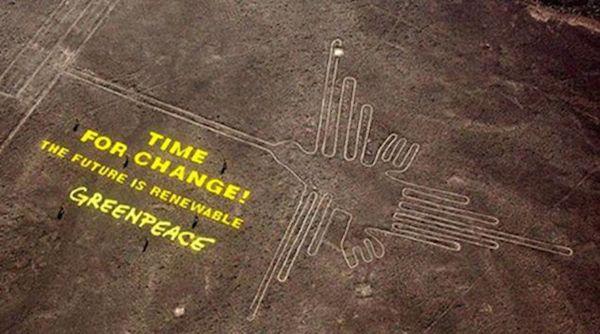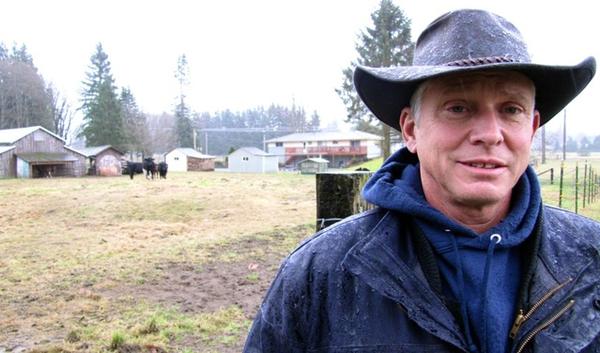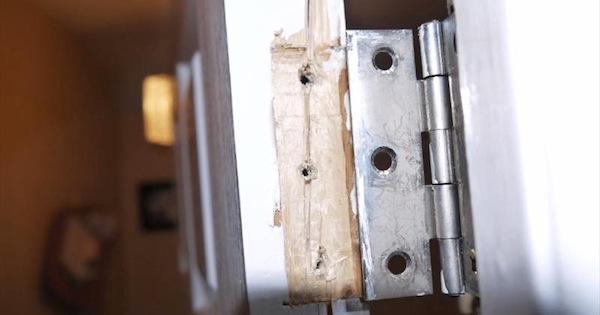By JUNE WILLIAM, Courthouse News Service
(CN) – The Tulalip Tribes tried to persuade the 9th Circuit last week that Washington State is violating a gaming compact by providing more favorable terms to another tribe.
The Tulalip claims Washington allows the Spokane Tribe to lease lottery terminals at better rates, contrary to a “most favored tribe guarantee saying if the state gives more favorable terms to another tribe, the Tulalip is also entitled to those terms.
The state regulates tribes’ operations of player terminals for a tribal lottery system under a Tribal-State Gaming Compact. The Tulalip can operate 975 terminals but may increase the amount up to 4,000 by purchasing allocation rights from any Washington tribe in the compact. The procedure is known as a terminal allocation plan, or TAP.
In 2007, the Spokane Tribe joined other tribes in the gaming compact. The state allowed the tribe to make payments into an inter-tribal fund to obtain additional terminals if it couldn’t secure the machines under the TAP procedure because “few, if any” machines were available for lease, according to court documents.
The Tulalip claimed the state gave the Spokane more favorable terms by allowing the tribe an additional way to obtain terminals and petitioned to have the same opportunity by amending its compact. After the state refused, the Tulalip filed a federal complaint in 2012 saying the state breached the compact and asking for an injunction amending the agreement.
In 2013, U.S. District Judge Richard Jones granted summary judgment to the state, saying the Tulalip wanted to “cherry-pick” the benefits of the inter-tribal fund provision .
According to the ruling, the Spokane were required to use “reasonable efforts” to obtain the machines from other tribes and must agree to limit their operations to fewer total machines than other tribes.
“The State has never agreed to the select portions that plaintiff wishes to cherry-pick out of the Inter-Tribal Fund provision without the corresponding limitations,” Jones wrote.
On Thursday, the Tulalip asked a three-judge panel to reverse the lower court’s decision.
Lisa Koop, representing the Tulalip, said the tribe’s “most favored” status required Washington to offer them the same benefits as the Spokane.
U.S. Circuit Judge Richard Tallman immediately asked Koop to respond to the district court’s finding that the tribe “cherry-picked” the most beneficial portions of the Spokane agreement without accepting the “inter-related conditions.”
“That’s simply false,” Koop responded.
She said the state wrongly concluded the Tulalip would have to “take everything” the Spokane were offered.
“Some of the terms are specific to the Spokane tribe,” she argued.
“The state basically said we’ll give you the same deal as the Spokane Tribe, but you didn’t want that because it contains a restriction on the maximum number of machines that would reduce the number of machines that you have,” Tallman countered.
“You’d like access to the tribal fund but you’d also like to not have the numerical restrictions that go with it, right?” U.S. Circuit Judge M. Margaret McKeown asked.
The state, represented by Assistant Attorney General Callie Castillo, argued that Tulalip’s most favored nation clause says that if the state ever permits an allocation of player terminals to a tribe which is greater or on more favorable terms then Tulalip is entitled to those same terms.
“Nothing in Tulalip’s compact permits it to obtain more favorable terms than those obtained by any other Washington tribe,” Castillo said.
McKeown asked if other tribes could make Tulalip’s “most favored” argument to ask for the inter-tribal fund plan.
Castillo said “every other tribe in the state of Washington” could claim they were entitled to the same deal.
“Tulalip is only entitled to the same terms as Spokane,” she said.
Castillo summed up her argument, saying the court should reject Tulalip’s attempt to “rewrite the compact into something the state has not agreed to with any other tribe.”





















